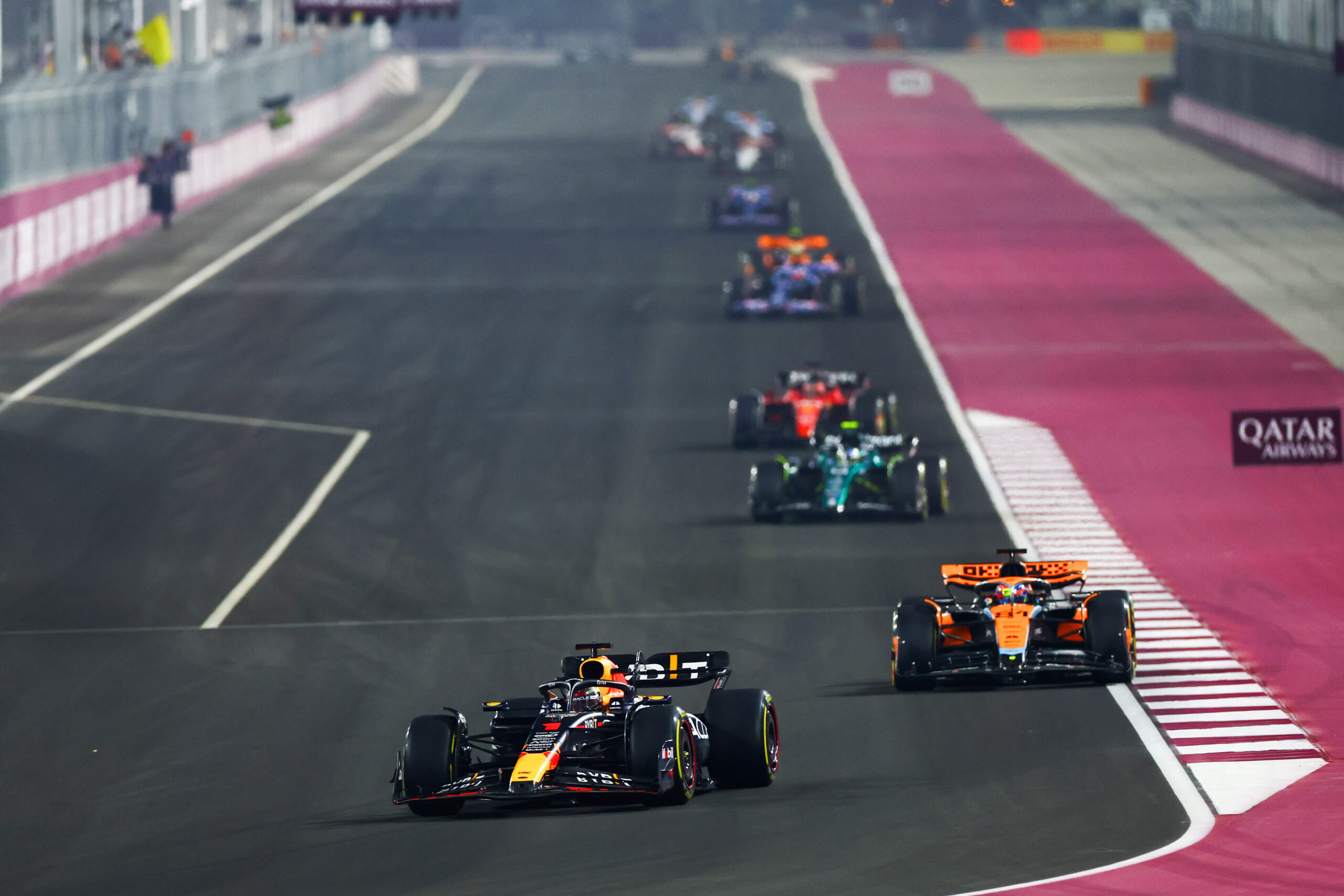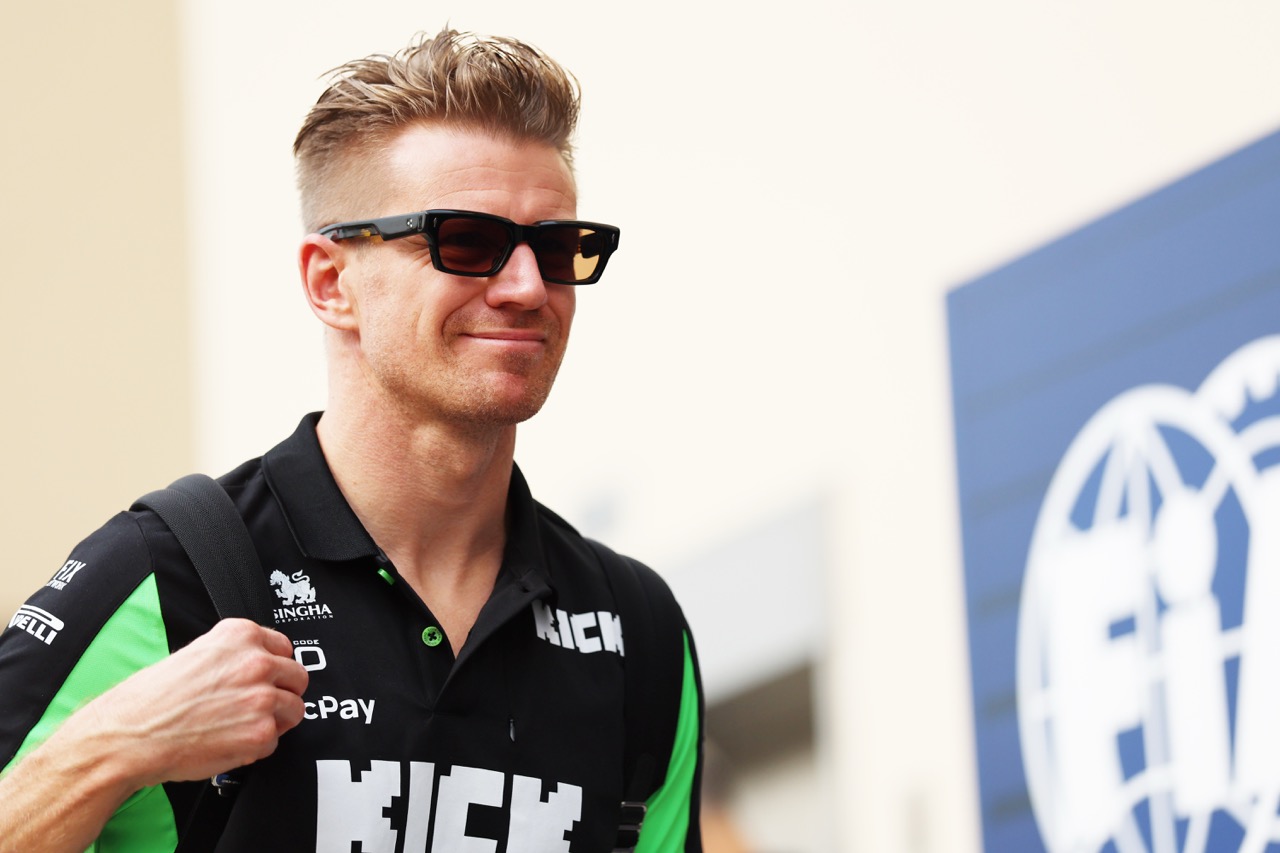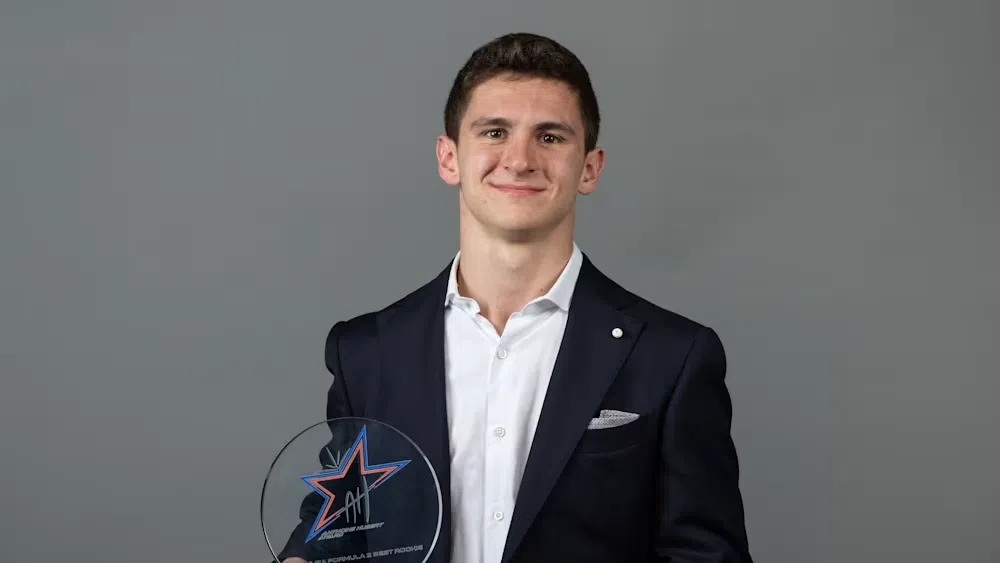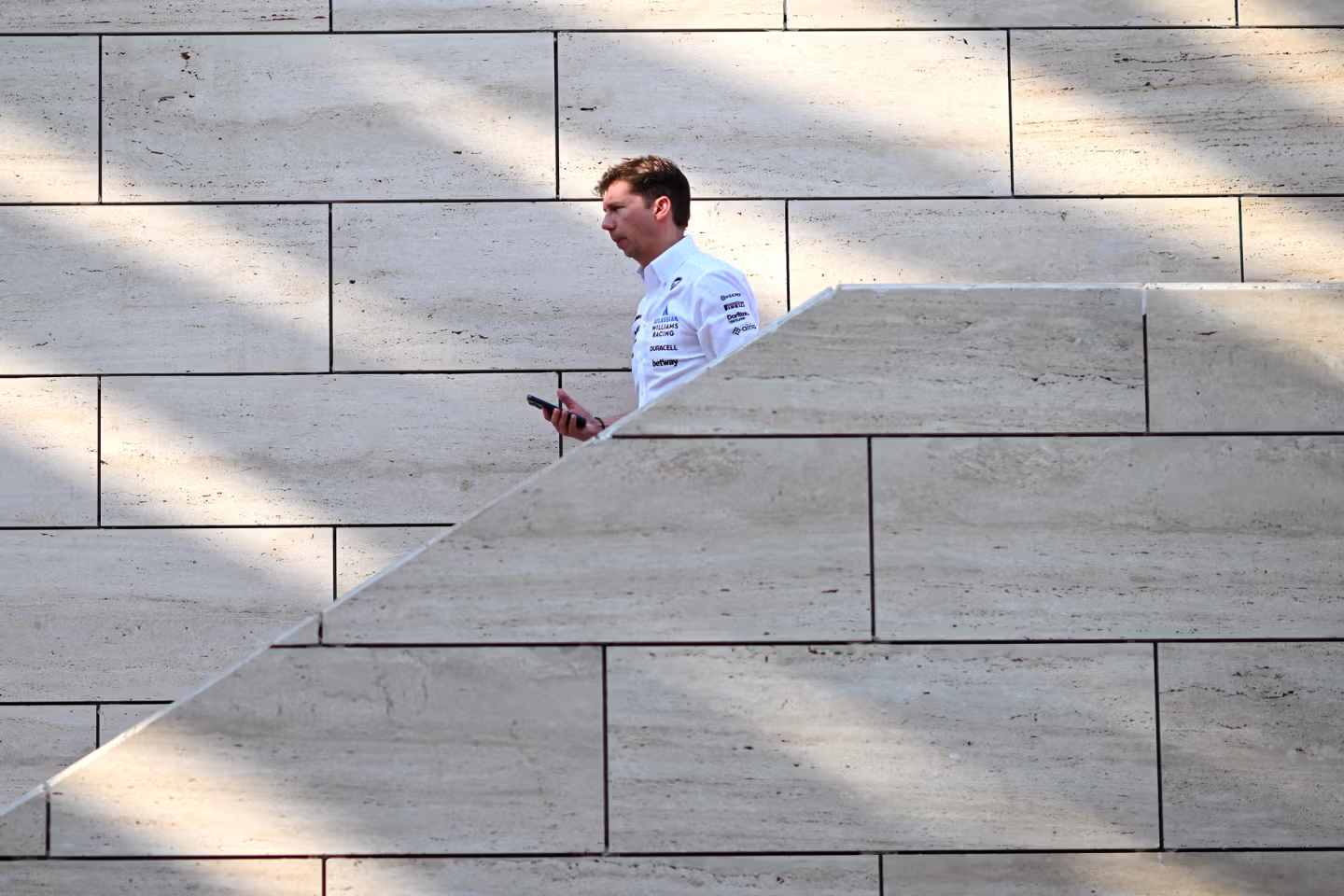Whilst Formula 1 is no stranger to competition, both on and off the track, the financial regulations set by the FIA have stirred the waters, particularly when it comes to Capital Expenditure (CapEx).
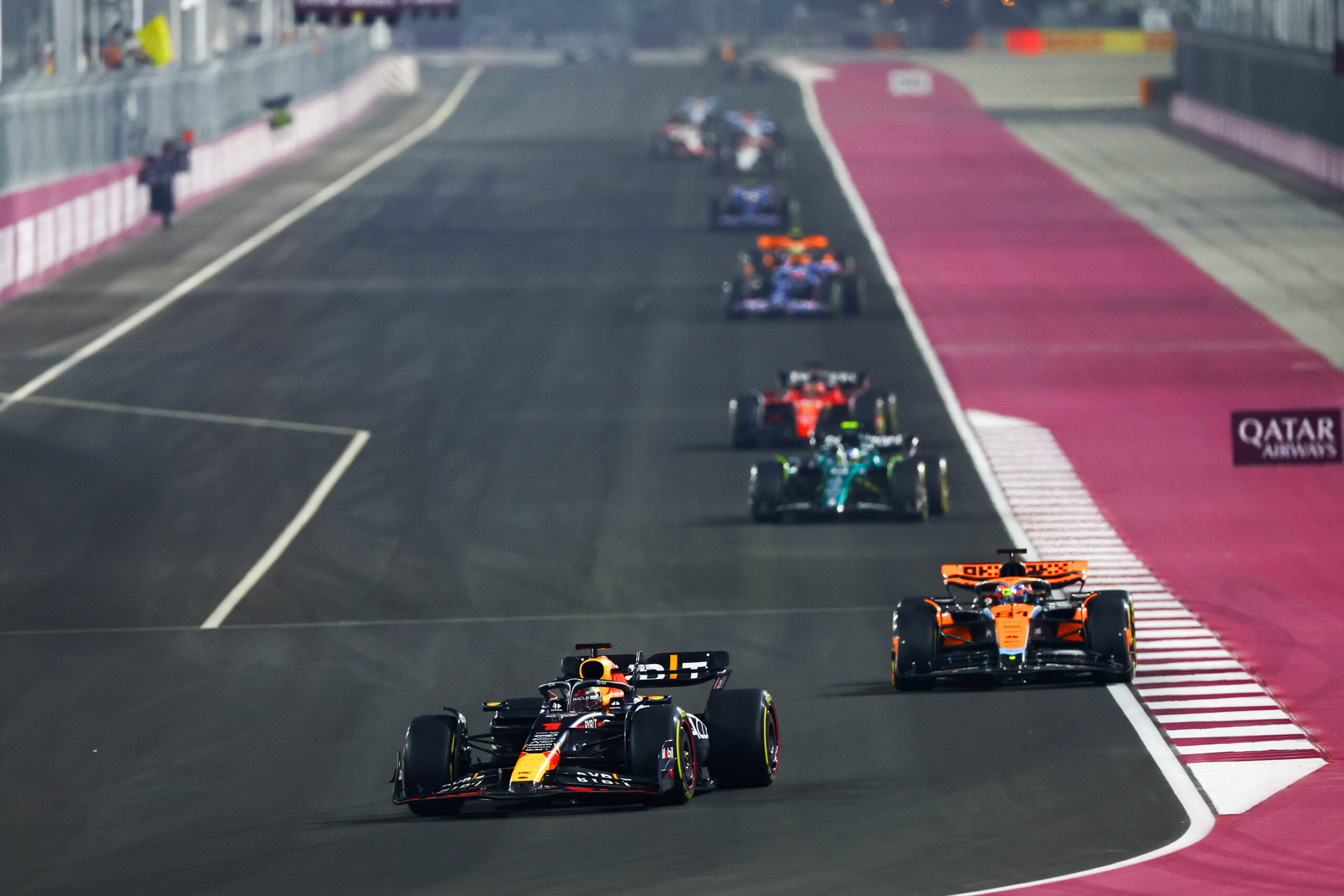
Photo credit: Red Bull Content Pool
The teams pursue every avenue to gain a competitive edge, but the goal of these regulations was to level the playing field and eliminate any unfair advantages that the ‘larger’ teams were experiencing.
Some of the teams have expressed concerns that they felt they were lagging behind in terms of investment in their facilities. For example, Williams Racing voiced their worries, expressing that without major investments into their infrastructure, they would find it impossible to compete with the frontrunners.
Within the past months, various deliberations have taken place, revolving around a solution that not only provides additional funding, but creates a fair and competitive environment, for all teams.
Logically, providing every team with the same extra allowance would not bridge the performance gap, and instead, enable the powerhouses within the sport to outspend their rivals and further enhance their cars, making them faster, and more reliable.
Thankfully, the FIA and the teams have reached an agreement, one that involves a unique approach to CapEx allocation, reflecting the team results of the World Championships in 2020, 2021, and 2022.
The new regulations segment the teams into three divisions, akin to a league table of spending. This structure is similar to the aero testing restrictions that offer more tunnel time to teams that are underperforming. However, it differs in having three defined stages, instead of a sliding scale for all ten teams.
Under the financial regulations, the maximum CapEx allowance for each year is calculated as a cumulative total for that season and the three preceding ones.
Originally, the CapEx ceiling for the 2024 season was set at $45 million per team, considering the maximum spend spanning the years 2021, 2022, 2023, and 2024. However, a notable adjustment has been made for the top division teams, Red Bull, Mercedes, and Ferrari. Their CapEx ceiling has been raised to $51 million, providing them with an additional $6 million for investment compared to the initial allocation.
For the middle group consisting of McLaren, Alpine, and Aston Martin, the total allowed spend has risen by $13 million to $58 million.
However, the most significant change is observed in the four teams at the bottom of the pack, AlphaTauri, Alfa Romeo/Sauber, Haas, and Williams. They now enjoy a $20 million increase, taking their total allowed CapEx to $65 million. This results in a net gain of $14 million in spending compared to the top three teams, providing a genuine chance for these smaller teams to close the existing infrastructure and performance gaps.
The financial regulations extend to the 2025, 2026, 2027, and 2028 seasons, where the rolling four-year totals drop to $42 million for the top group, $49 million for the middle group, and $56 million for the bottom group.
In 2029, all teams will find themselves on a level playing field, each adhering to a spending cap of $36 million and the three preceding it, added together.
This shift in CapEx allowances aims to create a fairer environment for all teams, enabling the underdogs to bridge the gap by gaining the money to invest in their facilities. It opens up opportunities for the teams at the bottom to enhance this infrastructure, and ultimately, attempt to improve their on-track performance.
Williams’ James Vowles, and McLaren’s Andrea Stella, both spoke highly of the change, and were thankful for the new arrangements to be put in place.
Vowles commented: “Some good news, from my perspective, anyway… Good work with all the teams has meant that we’ve managed to unlock an exemption in our favour of $20m or so.”
Stella was similarly grateful, noting that “For us, this is welcome news, we’re going to use the extra allowance. And so, I think that’s a good thing for us.”
While this adjustment is seen as a positive step by some of the teams, not everyone has been as equally enthusiastic.
AlphaTauri CEO Peter Bayer expressed his reservations about the new $20 million extra CapEx allowance. He mentioned that the team doesn’t have the additional funding to take advantage of the allowance.
In his perspective, the financial planning and budgeting had already been established without factoring in this unexpected funding, making it a challenging addition to accommodate.
Bayer played a role in the creation of the cost cap and financial regulations during his time working for the FIA. He emphasised the need for a clear and consistent financial framework to maintain a level playing field and to avoid continuous adjustments that disrupt the established plans of the teams.
“Because we haven’t forecasted any of that money when we went to meet the shareholders for the budget planning.
“So I have to say that I’m not really a big fan of it, to be honest.”
“For us, it’s a lot harder, definitely,” he said. “And at the same time, if you’re looking at the top teams, it might not be fair either. Because I remember when I saw the numbers in the initial cost cap phase, I saw the real budgets of Ferrari and Red Bull and all of them.
“And literally we didn’t understand how they will actually squeeze all that money into a cap. And they managed to do it. And now things are changing again. I’m not so happy about the whole situation.”

